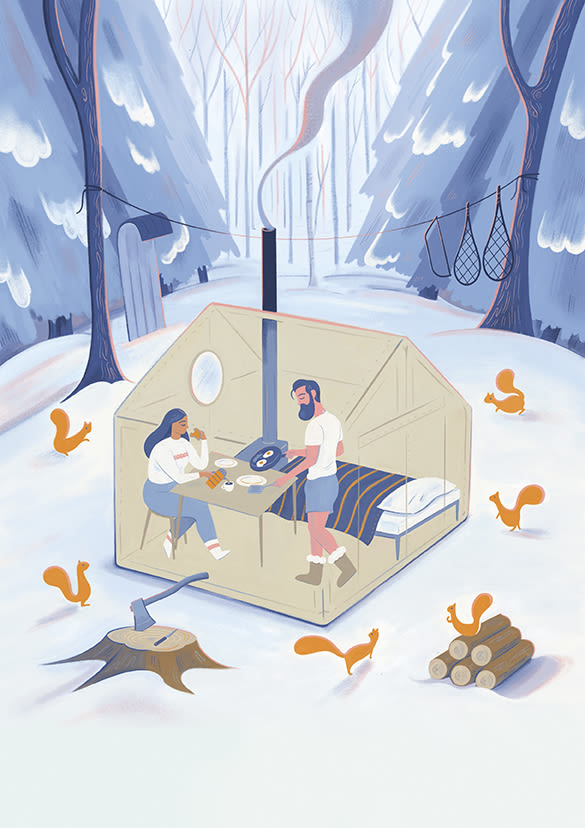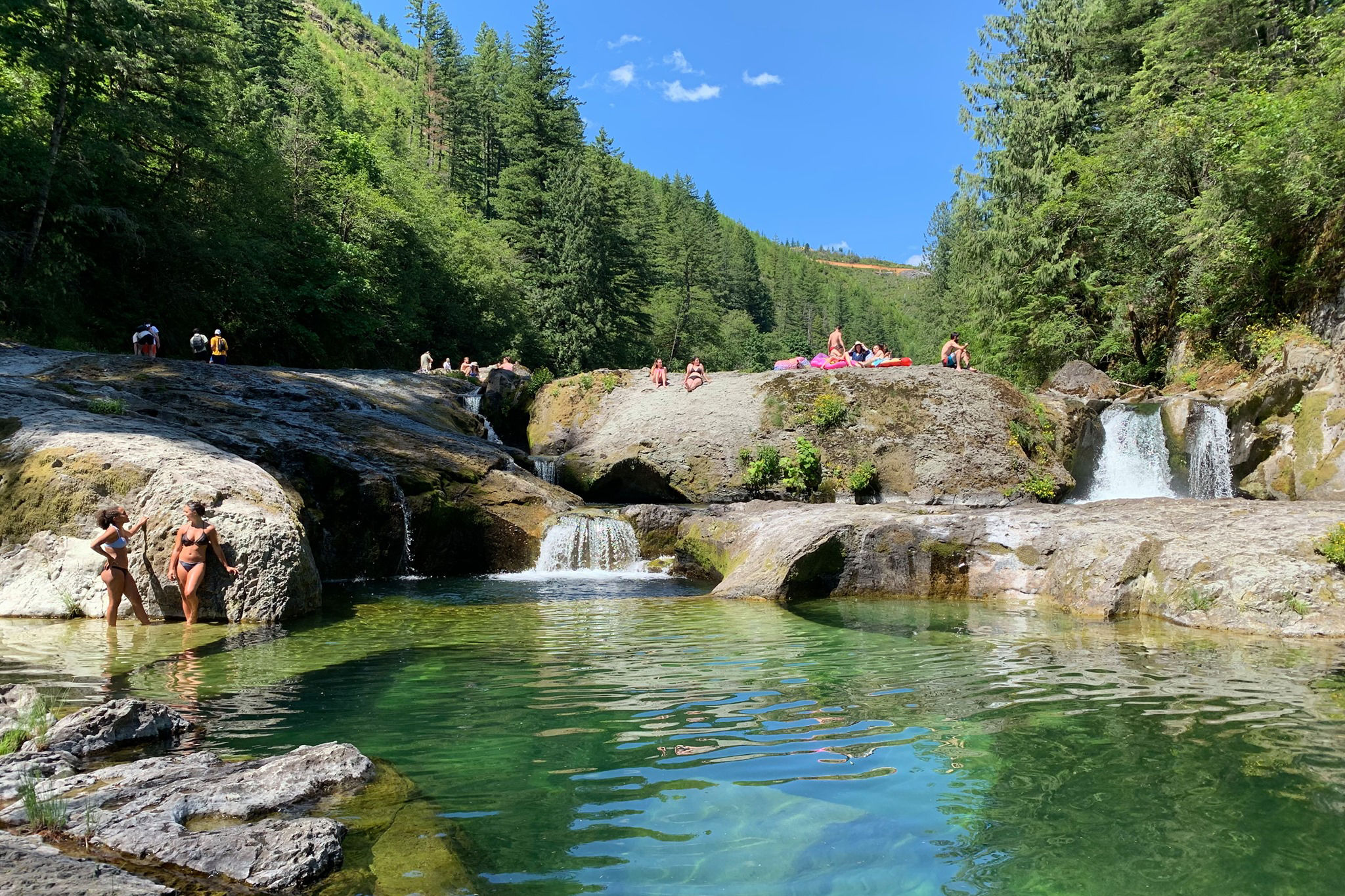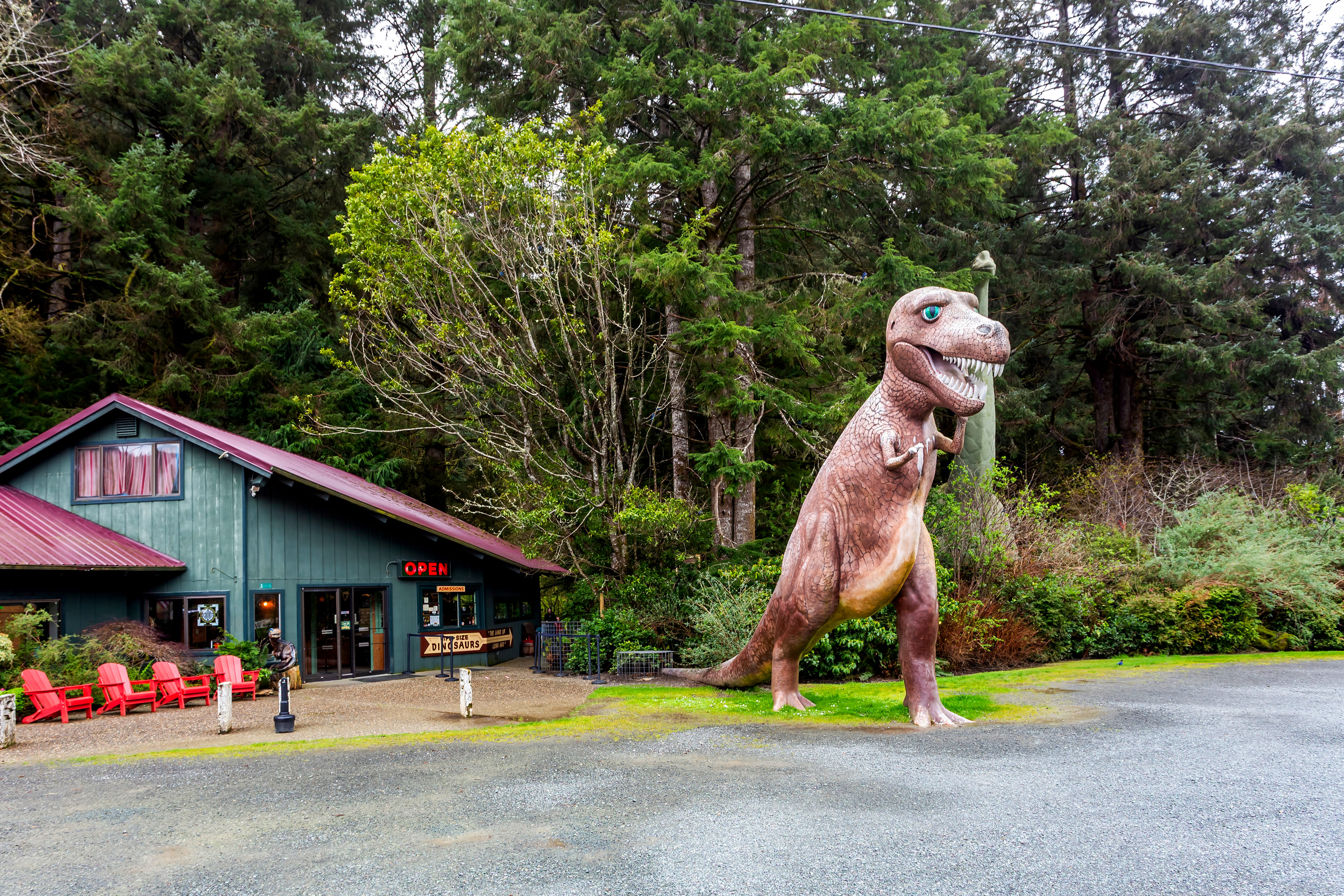How to Snow Camp like a Champ

Image: Jack Dylan
Winter camping offers fresh air, beautiful scenery, and solitude—without the bugs and crowds. If the idea conjures images of freezing your ass off in a “four-season” backpacking tent or burrowing into a snow cave à la Bear Grylls, let me disabuse you of that notion. Just as it is for summer camping, comfort is key. With proper outfitting, you’ll be warm and well fed as you stretch your legs, tipple in hand, your camp perched atop a blanket of crystalline precipitation.
THE GEAR
The first piece of kit on your list should be a wall tent. Sizes and shapes vary (check out montanacanvas.com or snowtrekkertents.com), but the point is to have room to sleep, cook, and lounge comfortably. The material is canvas, there’s an opening for a stovepipe, and you can stand up, at least in the middle.
You’ll need a woodstove, but don’t drag a cast-iron potbelly into the bush. Get a lightweight packstove made for the purpose from light gauge steel or sheetmetal, designed so the legs and stovepipe can be packed inside. With the fire ripping, you’ll be lounging in your underwear while you fry your bacon and eggs on top of the stove. No joke.
When it’s time to pack it in for the night, it goes without saying that a quality sleeping bag is important. Bag temperature ratings are largely meaningless, except to differentiate between cold and warm weather models. We’re not too concerned about bulk here, so find a bag that fits you and packs a high r-value. It should keep you cozy enough for you to hold out for one of your camping companions to get up and stoke the fire in the middle of the night.
You’ll be hauling more gear than you may be used to on summer backpacking trips. Fortunately, Mother Nature provides a means of conveyance that won’t result in a ruptured disc. Traveling over the snow with your gear and provisions is a cinch with some snowshoes and a trail toboggan. Snowshoes are critical to stay afloat atop deep snow, which would otherwise leave you tired, miserable, or even dangerously stuck. The solid decks on some modern snowshoes can be shovels in loose snow and are useless in powder, so look for webbed designs that allow snow to sift through while providing greater surface area for flotation. Normally this means the classic rawhide and wood types, which are tough to beat for lightness, but traditional designs built with industrial materials are out there, as well. Lash gear and provisions to an eight- to 10-foot-long trail toboggan, which is one item that does benefit from modern material. Most are now made from HDPE, which doesn’t get brittle in the cold and is very slippery—perfect for gliding behind you as you pull.
Layers are critical to your snow camping comfort (at least until the tent is pitched and the fire is burning). You can’t beat wool as a breathable, moisture-wicking, non-stinking insulator. Start with wool long underwear (such as Stanfield’s or Filson), throw on some wool pants or bibs, and top it off with about three wool shirts. Then, and only then, zip into some space-age shell. Finally a good wool hat with a tight knit to keep out the breeze, thick wool socks, and some warm mittens should cap your extremities. I’m partial to leather chopper mitts with knit wool or duffel cloth liners. They’re durable for handling timber and also make a serviceable potholder.
Much of the ancillary equipment that you take on a summer camping trip can pull winter duty as well, but some items require special attention. Because feeding that stove is key to your comfort (and how you’ll be cooking), a good ax and saw are essential. Don’t waste time with a hatchet; a Scandinavian forest ax is compact but big enough to fell a tree and split wood. A light, inexpensive swede saw will pull double duty as a bone saw if you’re into that sort of thing. A Swedish Mora knife, the Cadillac of bush knives despite a Chevy price, is versatile enough for carving, cutting food, or dressing game.
Your woodstove is also your cooktop; some models even offer accessories like ovens that capture heat off the stovepipe or hot water reservoirs that hang on the side, although that’s gonna add some weight and bulk to your toboggan. For cookware, think more car camping than backpacking: bring that cast-iron skillet. Remember that water will be abundant (you’ll just have to melt it), and cold storage is easy. The flip side is that it’s all cold storage, so don’t bring foodstuffs that can’t survive freezing or at least won’t make it until you’ve got a warm tent set up. Plan a mix of meals made ahead of time and frozen, along with things that are simple to prepare. Don’t forget a bottle of your favorite whiskey, some nice chocolate, and good coffee for that percolator (find one at Snow Peak, or a yard sale) bubbling away on the stove.
Ready to plan a trip? In Oregon, classic snow camp destinations include Crater Lake National Park, Mount Hood, Ochoco National Forest, the Wallowas—basically, anywhere where there’s snow and a safe place to park your car and snowshoe (or ski) in. For more instructions, look for guidebooks with real survival tips—Garrett and Alexandra Conover’s The Winter Wilderness Companion: Traditional and Native American Skills for the Undiscovered Season, published in 2000, is a great one.




